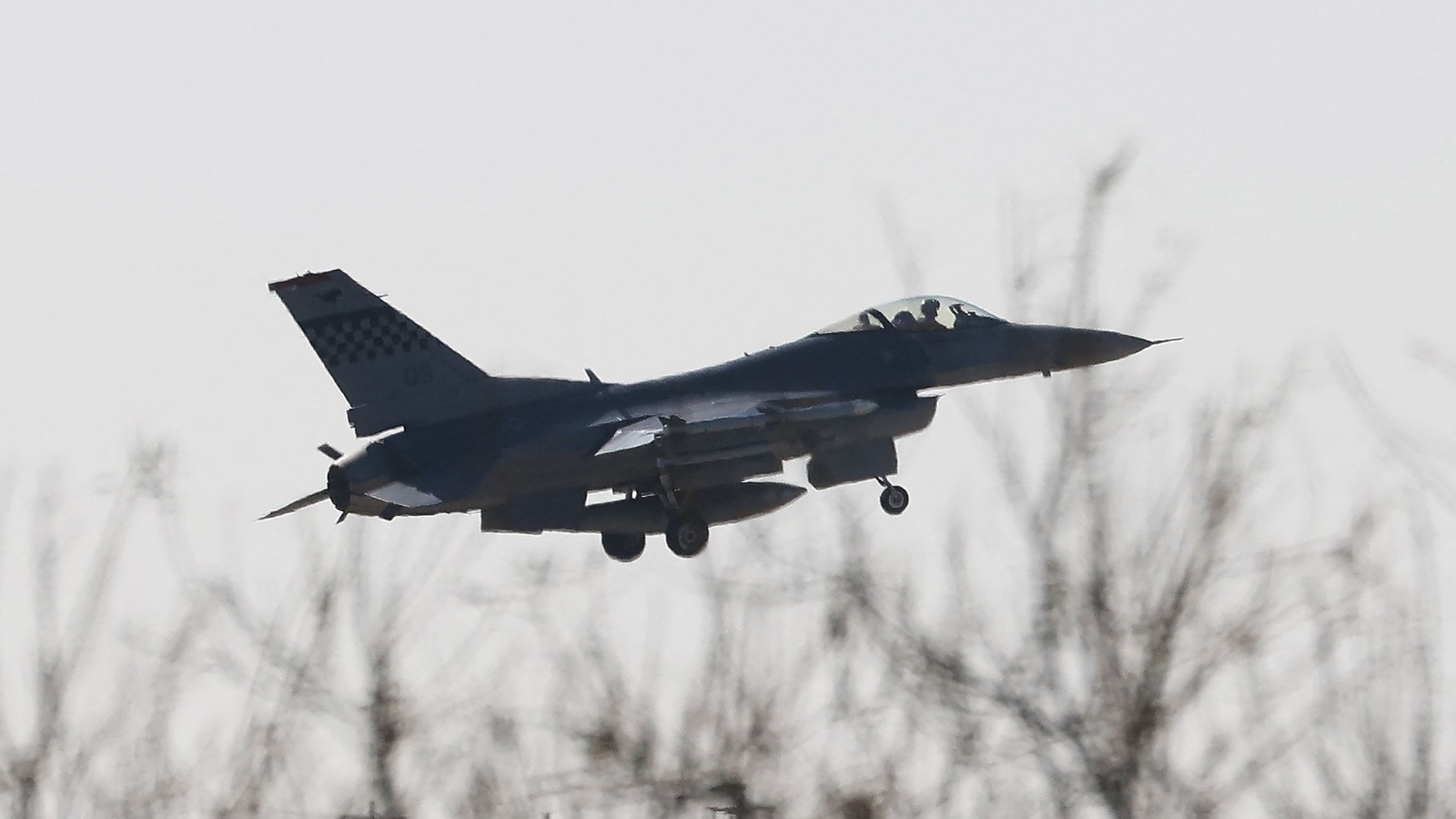Horoscope
America remains Asia’s military-exercise partner of choice

As a demonstration of brute sea power, few events can match the biennial Rim of the Pacific exercise (RIMPAC) hosted by America in Hawaii. The world’s largest naval drill, which was due to finish on August 2nd, after this article was published, has brought together 25,000 sailors, airmen and soldiers from 29 countries. Over the past month, like-minded navies have honed their skills on tasks ranging from disaster relief to anti-submarine warfare. It has included a “sinking exercise”: the opportunity to torpedo a rusty, 36,000-tonne American amphibious assault ship.
Beyond the martial pomp, exercises like RIMPAC serve as a way to cement and bolster relations. And when it comes to wooing regional states, America continues to thump China as the exercise partner of choice in the region. A survey of military exercises held in Asia between 2003 and 2022 published by the International Institute for Strategic Studies (IISS), a think-tank in London, shows that America took part in 1,113 exercises with regional countries. China mustered a paltry 130 drills over the same period (see chart 1).
What explains the disparity? It suggests how each country would fight, were a war to break out. China would be fighting in its own backyard; America would be a long way from home and relying on the support and capabilities of its allies, notes Evan Laksmana, a co-author of the survey. That sort of coalition warfare requires regular and intense training to smooth out potential kinks in communications or technology. China, by contrast, is unlikely to have any real allies to fight alongside in the first place. Although it trains with Russia in the region, the Kremlin’s clapped-out navy is unlikely to offer much brawn.
Second, combined military exercises depend on trust, and few countries trust China. It claims nearly the entirety of the South China Sea as its own, and uses its navy and coastguard, as well as “maritime militias” of armed fishing fleets, to intimidate its neighbours. That imposes a limit on how many states are willing to train with China (see chart 2), says Ian Storey of the ISEAS-Yusof Ishak Institute, a think-tank in Singapore. China has sought to alleviate those fears by conducting more prosaic exercises, such as counter-terrorism or disaster relief (see chart 3). But these are often relatively unsophisticated, says Mr Storey.
Of course, China sees some value in doing joint exercises, not least because it can get its eyes on Western military gear. Its ad hoc partners, such as Singapore and Thailand, operate Western-built platforms and systems. They also offer a shop window for China’s own military kit. Moreover, for a country that has not fought a big war in four decades, joint exercises offer an opportunity to practise.
Ousting Uncle Sam as Asia’s pre-eminent defence partner will be tough. The IISS report concludes that China is likely to focus on deepening ties with a smaller group of countries, such as Pakistan, Russia and Thailand. But for American officials, the fact that more regional countries are interested in its exercises is yet further evidence that its alliance-building efforts in the region are working.
Stay on top of our defence and international security coverage with The War Room, our weekly subscriber-only newsletter.
Continue reading with HT Premium Subscription
Daily E Paper I Premium Articles I Brunch E Magazine I Daily Infographics











